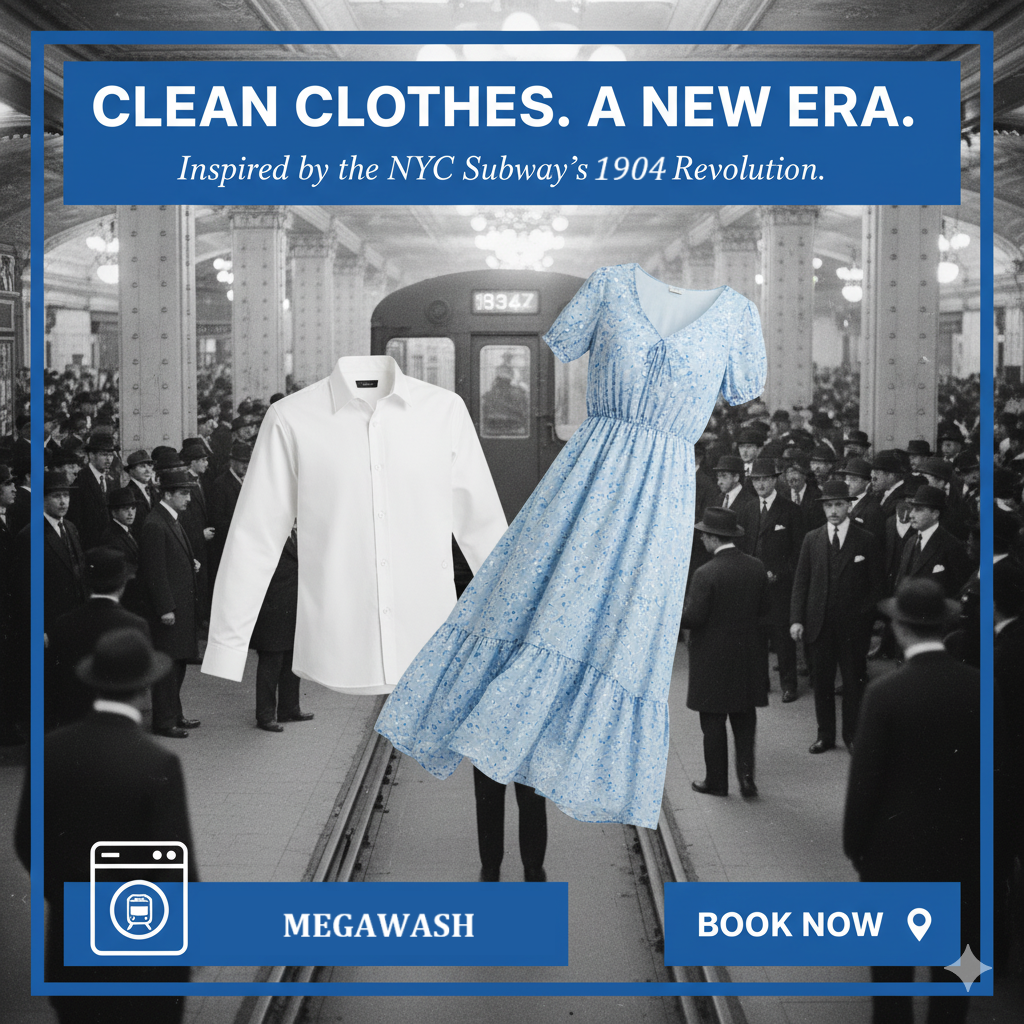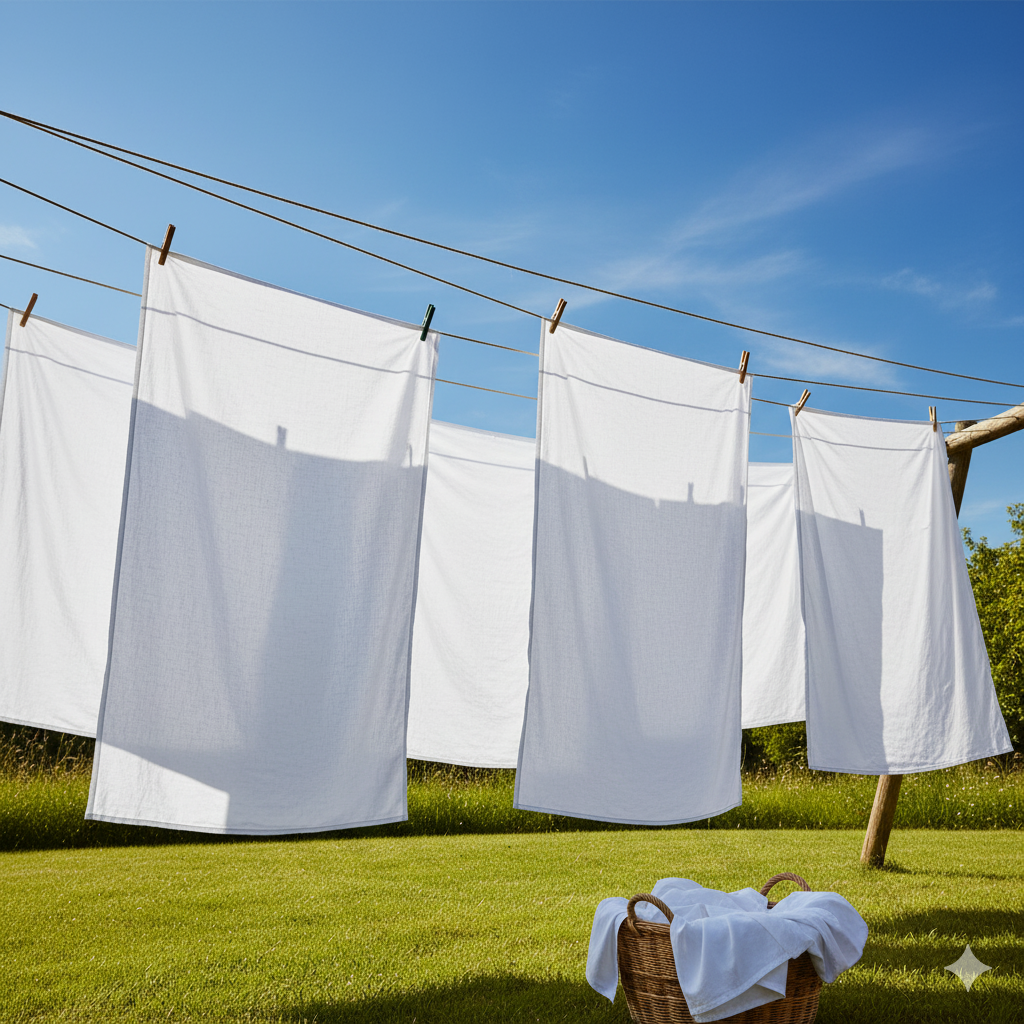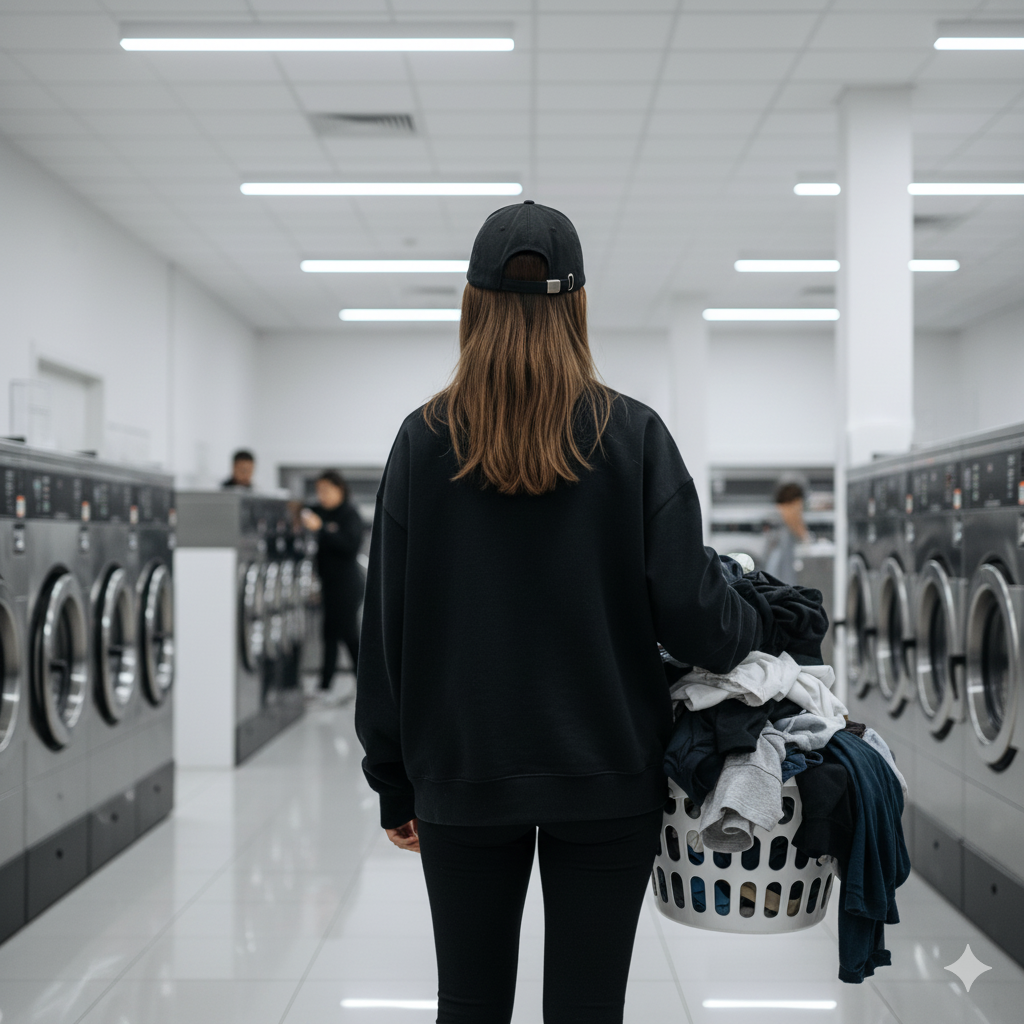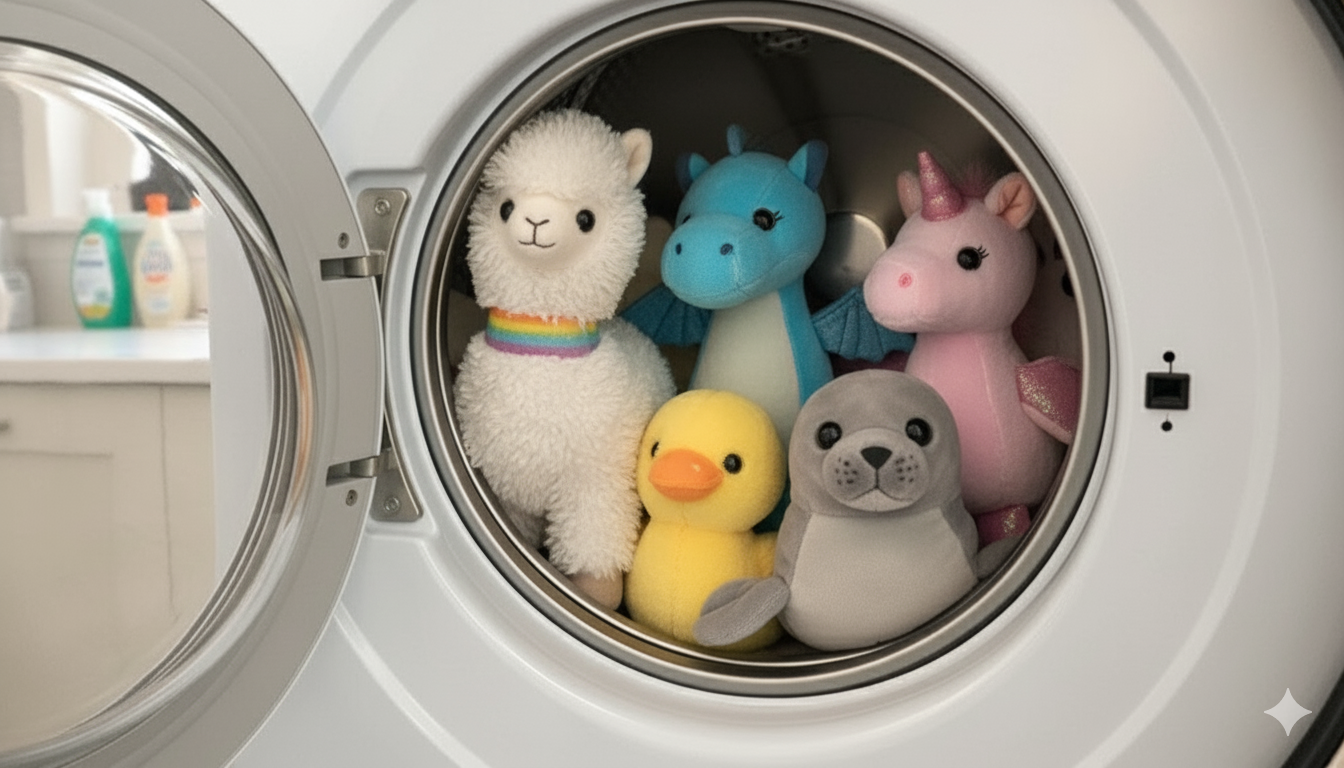🎭 October 29, 1987: The Premiere of Perfection.
October 27, 2025
On this day, Andrew Lloyd Webber's The Phantom of the Opera premiered in London—a show known for its flawless performance and dramatic finish.

Today, October 29th, Megawash Laundromat guarantees a flawless performance for your clothes!
We don't tolerate hidden blemishes or understudies. Experience the show-stopping quality of our dry cleaning and laundry service. Every garment leaves the Megawash stage looking, feeling, and smelling like a true masterpiece.
Call to Action: Ready for a standing ovation? ✨ Book your flawless service with Megawash today!

Laundry symbols are small but powerful — each one gives you specific instructions on how to wash, dry, bleach, or iron your fabrics the right way. Following them helps your clothes last longer, stay vibrant, and maintain their shape and texture. Below, you’ll find a complete breakdown of every laundry symbol you’re likely to encounter — and what each one really means. DRY CLEANING SYMBOLS 🚫 Do Not Dry Clean A circle crossed with an “X” means Do Not Dry Clean. These fabrics can be easily damaged by the solvents used in the dry cleaning process. 🧼 Dry Clean A plain circle indicates that the item should be professionally dry cleaned. Avoid putting garments with this symbol in your washing machine — it could ruin delicate materials. 🅰️ Any Solvent / 🅿️ Any Solvent Except A circle with the letter A means any solvent may be used. A P inside the circle means any solvent except those specifically restricted can be used by your cleaner. 🅵 Petroleum Solvent A circle with F inside indicates the item should be cleaned using petroleum-based solvents only. This is typically used for delicate fabrics that could be damaged by stronger cleaning chemicals. WASHING SYMBOLS 🪣 Machine Wash The wash tub symbol (a bucket filled with water) shows that the item can be machine washed. Dots inside the symbol represent the recommended water temperature, and lines underneath indicate the cycle type. Temperature Guide ● = Cold (30°C / 86°F) ●● = Warm (40°C / 104°F) ●●● = Hot (50°C / 122°F) Cycle Guide Normal = No line below Fast agitation and spin for durable fabrics. Permanent Press = One line below Reduces wrinkles using warm water and slower spins. Delicate / Gentle = Two lines below Uses slow agitation and gentle rinse for delicate garments. ✋ Hand Wash A wash tub with a hand above it means Hand Wash Only. Use mild detergent and lukewarm water in a sink or basin. Avoid machine washing to prevent damage. Tip: Use a gentle, plant-based detergent like GO by greenshield organic™ Laundry Detergent for hand-wash items. 🚫 Do Not Wash A wash tub symbol crossed with an “X” means Do Not Wash. These items should never go in the washer — spot clean if necessary or take them to a dry cleaner. BLEACHING SYMBOLS 🚫 Do Not Bleach A solid triangle crossed with an “X” means Do Not Bleach. Bleach can cause discoloration or fabric damage. 🔺 Bleach When Needed A plain triangle means bleach can be used, but only in cold, diluted solutions and only when absolutely necessary. 🔻 Non-Chlorine Bleach Only A triangle with two diagonal lines means use non-chlorine bleach only (such as hydrogen peroxide–based formulas). DRYING SYMBOLS 🔘 Tumble Dry A square with a circle inside means Tumble Dry. Dots indicate heat level, and lines below specify the cycle type. Temperature Settings No dots = Any heat Solid circle = No heat / air only ● = Low heat ●● = Medium heat ●●● = High heat Cycle Settings No line = Normal One line = Permanent Press Two lines = Delicate 🚫 Do Not Tumble Dry A crossed-out tumble dry symbol means Do Not Use a Dryer. Opt for air drying instead. ☀️ Line Dry A curved line inside a square means Hang to Dry. 💧 Drip Dry Three vertical lines indicate Drip Dry — hang clothes while wet and let them dry naturally. 🧺 Dry Flat Diagonal lines in the corner of a square mean Dry Flat — lay the garment flat on a clean towel to maintain its shape. 🌤️ Dry in Shade / Line Dry in Shade A horizontal line or curved line with shading indicates Dry in the Shade. Avoid direct sunlight, which can fade or weaken certain fabrics. 🚫 Do Not Wring A twisted fabric symbol crossed out with an “X” means Do Not Wring. Instead, gently press out excess water using a towel. IRONING SYMBOLS 🔥 Iron A simple iron icon means Ironing is allowed. Dots inside the symbol show the maximum safe temperature: ● = Low heat ●● = Medium heat ●●● = High heat 💨 Do Not Steam An iron symbol with steam lines crossed out means Do Not Steam — steam may damage the fabric. 🚫 Do Not Iron A crossed-out iron symbol means Do Not Iron at all. Ironing could melt, scorch, or burn the fabric. ⚠️ Disclaimer This post is for informational and entertainment purposes only. It should not be taken as professional or medical advice. Always use your best judgment and refer to care labels before cleaning your garments.
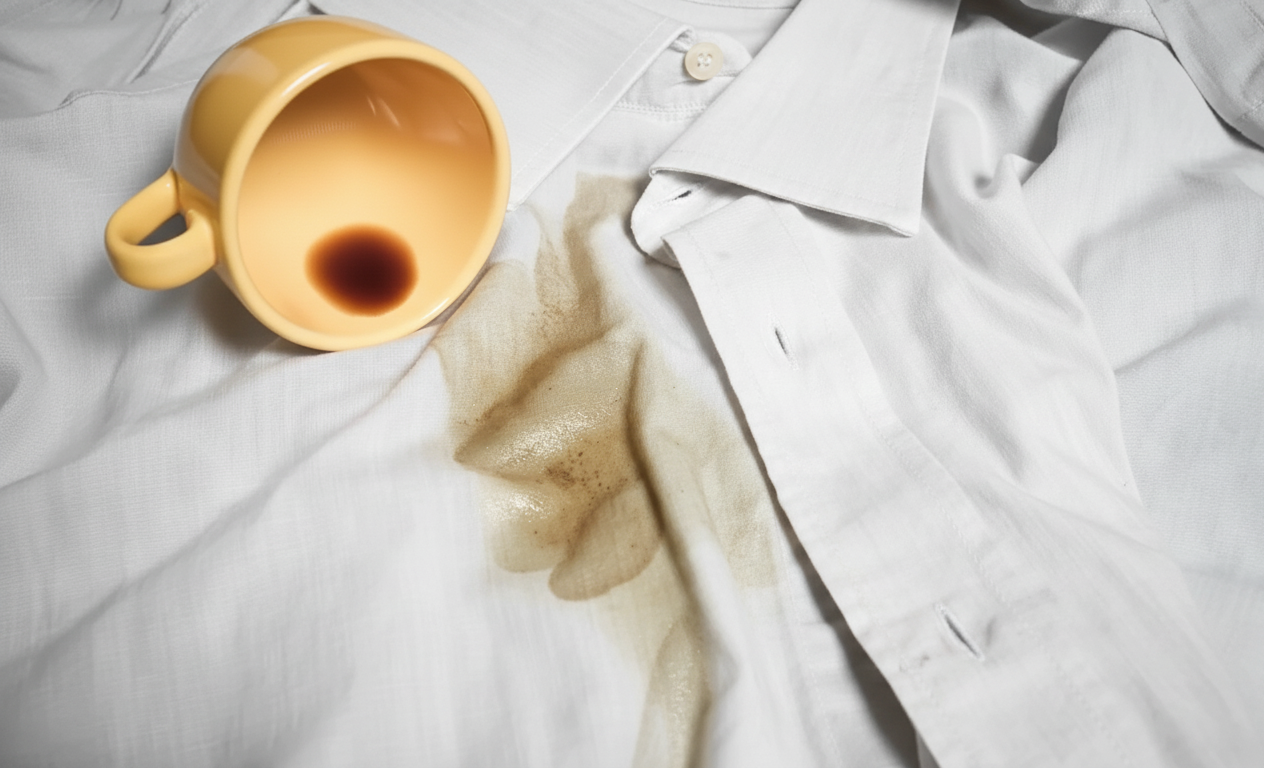
Ever pulled a favorite shirt from the dryer only to find that stubborn stain is still there? 😩 You know the frustration of set-in stains – once heat locks in oils, dirt, or dyes, they become notoriously difficult to remove. But don't despair! With the right strategy and a powerful detergent, you can fight back and win the laundry battle! Why are set-in stains such a challenge? When a stain goes through a wash and dry cycle, the heat causes it to bond even more tightly to fabric fibers. Think coffee, wine, grass, sweat, and grease – these are some of the worst offenders! That's why the age-old laundry question is: "How do I remove set-in stains that have already been washed and dried?" Your Step-by-Step Guide to Tackling Set-In Stains: Rehydrate the Stain: First things first, dampen the stained area with a little warm water. This helps to loosen up the residue that's set deep into the fibers. Pre-treat Directly: Apply a dedicated stain remover or a small amount of concentrated liquid laundry detergent directly onto the spot. Let it sit for a few minutes to work its magic. Soak When Possible: For really tough stains, a good soak can make all the difference. Submerge the fabric in warm water mixed with detergent for 30–60 minutes (or even longer for extreme cases). Wash with Enzymes: When it's time to wash, choose an enzyme-powered detergent. These detergents are incredibly effective at breaking down the proteins and oils that make up many common stains. Air-Dry First (Crucial!): This step is key! Never put the item back in the dryer until you are absolutely sure the stain is completely gone. Heat will set the stain even further, making it almost impossible to remove later. Air-dry until you're confident! Don't let set-in stains win! With these tips, your clothes can look pristine again. What's your go-to stain removal trick? Share in the comments below! 👇 #LaundryTips #StainRemoval #CleanClothes #LaundryHacks #SetInStains #FreshAndClean #HomeHacks
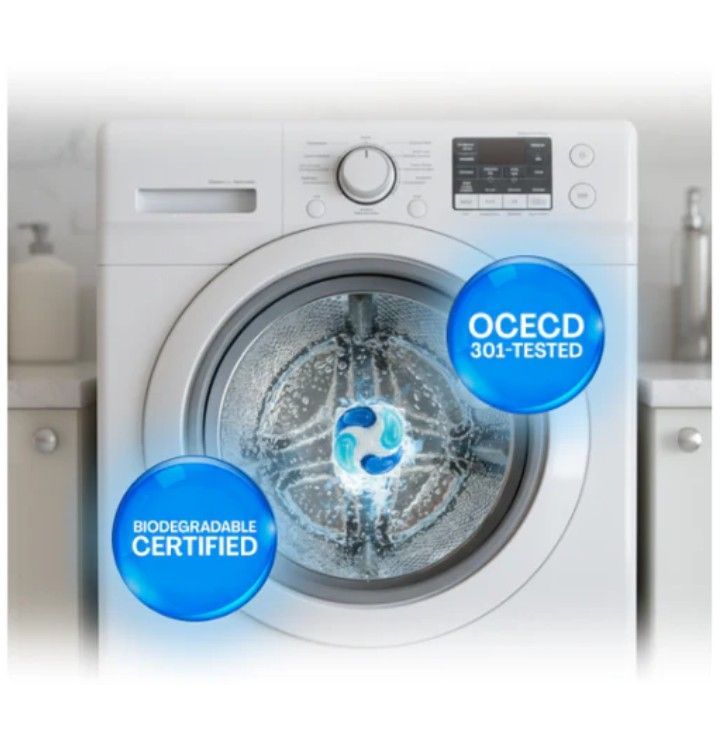
In a world where “eco-friendly” labels are everywhere, it’s hard to know what really makes a product safe for the planet — and for your family. We believe sustainability shouldn’t be a slogan; it should be a science. That’s why our PowerPax™ capsules are independently verified through one of the world’s most respected biodegradability standards: OECD 301 testing. What Does OECD 301 Mean? OECD 301 is a globally recognized test used to determine whether a substance is readily biodegradable — meaning it breaks down quickly and safely in real-world environmental conditions. When our PowerPax™ formula was tested, it passed with flying colors. That means the active ingredients in every capsule naturally decompose in wastewater systems without leaving behind harmful residues or micro-pollutants. Proven Biodegradability, Verified by Science Our PowerPax™ capsules don’t just perform — they protect. OECD 301-tested: Verified for safe biodegradation under strict international standards. Non-toxic formulation: Free from dyes, phosphates, and harsh chemicals that harm aquatic life. Safe for your home and planet: Breaks down into natural components — not persistent plastics. While other detergents make vague green claims, we have the data-driven proof that backs ours. Why It Matters for You Every load of laundry has an environmental footprint. When you choose PowerPax™, you’re choosing a detergent that: Keeps your clothes clean without compromising your values. Helps reduce chemical buildup in waterways. Supports a future where clean laundry doesn’t come at the planet’s expense.

It's fascinating to look at media depicting 19th-century British aristocrats with their grand estates and lavish attire, but it often makes you wonder: how did they possibly wash all those clothes and bed linens? Considering the many layers in their dresses, even cleaning one garment would have been a complex and arduous task. Aristocrats of that era had different outfits for various times and occasions—a nightgown, dressing gown, morning dress, tea gown, day dress, walking dress, dinner dress, evening dress, and riding outfit. One book even states that Victorian ladies changed their clothes up to 12 times a day! All those outfits, of course, ended up in the laundry. While researching this, I came across a description of laundry practices in "At Home: A Short History of Private Life" by Bill Bryson, a book on the history of domestic labor. It noted that because natural dyes were used back then, improper washing could easily strip the color from clothes. However, necessity is the mother of invention! Our ancestors, through trial and error, discovered various cleaning methods. For example, when washing red garments, they used something called vitriol. This was obtained from salt-like deposits found at the bottom of dried-up mine waters. They learned that mixing vitriol with oil and washing red clothes with it would make the red color more vibrant and prevent the dye from bleeding. Similarly, a mixture of alum and vinegar made green clothes brighter and prevented green dye loss. For purple garments, baking soda served a similar purpose. So, why did most people dread laundry duty? Old aristocratic garments often had multiple layers of white linen lining, all of which had to be detached from the clothes before washing. Next, the white linen was put into a mixture of human urine and chicken droppings, which was excellent for bleaching. However, the odor was intensely unpleasant. To deodorize them, the linen was repeatedly washed in water infused with herbs and lavender until the smell was completely gone. Finally, the linen linings had to be reattached and sewn back onto the colored fabric dresses. What a task!

